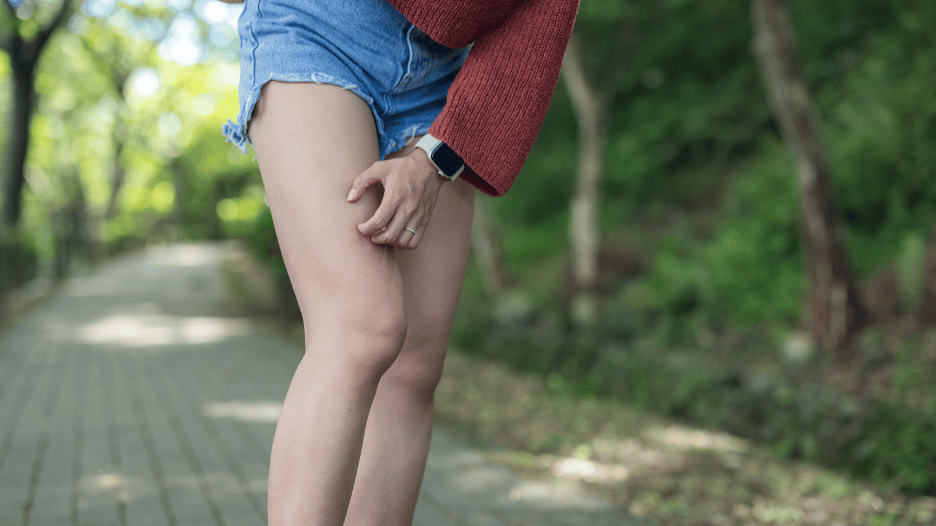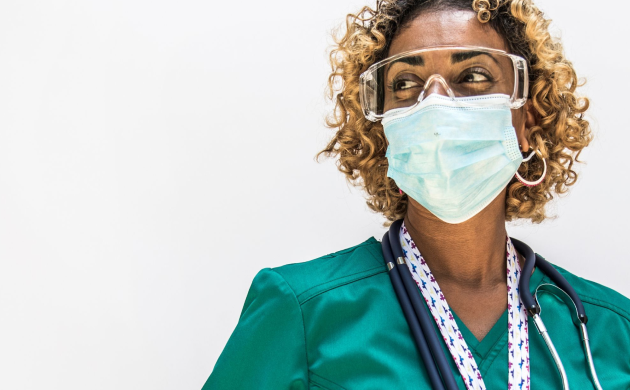
Bug bites 101: how to identify and treat different types of bug bites.
When it comes to spending time outdoors, bug bites are a given. However, the relief that comes from knowing how to identify and treat different types of bug bites is key to managing symptoms and reducing the risk of further irritation. This ultimate guide on identifying and treating different types of bug bites is here to help you with that knowledge.
We'll examine the most common bug bites, including mosquito bites, tick bites, spider bites and others. Let's get started.
Mosquito bites.
Identification.
Mosquito bites are typically small, raised bumps that can appear red and itchy. They often occur in clusters or lines on exposed skin, such as the arms, legs and neck.
Mosquito bite symptoms.
- Itching. Intense itching is the most common symptom.
- Redness. The bite site may become red and swollen.
- Swelling. Mild swelling around the bite area is common.
- Bumps. Small, puffy bumps can develop at the bite site.
Mosquito bite treatment.
- Clean the area. Wash the bite with soap and water to reduce the risk of infection.
- Apply a cold pack. Use a cold pack to reduce swelling and numb the area.
- Use anti-itch cream. Over-the-counter anti-itch creams or hydrocortisone cream can help relieve itching.
- Take antihistamines. Oral antihistamines can reduce itching and swelling.
Tick bites.
Identification.
Tick bites are usually painless and may go unnoticed until the tick is found attached to the skin. The bite area can become red and swollen, sometimes forming a "bullseye" pattern, particularly with Lyme disease.
Tick bite symptoms.
- Redness. Localized redness around the bite site.
- Swelling. Mild swelling around the bite area.
- Rash. A red rash with a clear center, known as a "bullseye" rash, can indicate Lyme disease.
- Fever. Flu-like symptoms such as fever, chills and muscle aches may develop.
Tick bite treatment.
- Remove the tick. Use fine-tipped tweezers to grasp the tick close to the skin and pull it out steadily. Do not twist or jerk the tick.
- Clean the area. Wash the bite site with soap and water, then apply an antiseptic.
- Monitor for symptoms. Watch for signs of infection or illness, such as fever, rash, or flu-like symptoms.
- Seek medical attention. See a healthcare provider at CityMD if you develop a rash, fever, or other symptoms.
Spider bites.
Identification.
Spider bites can vary in appearance depending on the spider species. Common symptoms include redness, swelling and pain at the bite site. Some spider bites, such as those from black widows or brown recluses, can cause more severe reactions and will need immediate medical attention.
Spider bite symptoms.
- Redness. The bite area may become red and inflamed.
- Swelling. Swelling around the bite site is common.
- Pain. Pain or a stinging sensation at the bite site.
- Blistering. Some bites may cause blisters or ulcers.
Spider bite treatment.
- Clean the area. Wash the bite with soap and water to reduce the risk of infection.
- Apply a cold pack. Use a cold pack to reduce swelling and numb the area.
- Take pain relievers. Over-the-counter pain relievers can help manage pain and reduce inflammation.
- Monitor for severe symptoms. Seek medical attention at your local CityMD if you experience severe pain, muscle cramps, difficulty breathing or if the bite area becomes necrotic (tissue death).
Other bug bites.
Flea bites.
- Identification. Small, red bumps are often found in clusters around the ankles and lower legs.
- Symptoms. Intense itching and possible rash.
- Treatment. Clean the area, use anti-itch cream and take antihistamines if necessary.
Bed bug bites.
- Identification. Red, itchy bumps, often in a line or cluster on exposed skin.
- Symptoms. Itching and possible swelling.
- Treatment. Clean the area, apply anti-itch cream and take antihistamines.
Ant bites.
- Identification. Small, red bumps that can develop into pustules.
- Symptoms. Pain, burning and itching.
- Treatment. Clean the area, apply anti-itch cream and take pain relievers.
Identifying and treating different types of bug bites at CityMD.
Identifying and treating different types of bug bites can help you manage discomfort and prevent complications. For more severe reactions or if symptoms persist, visit your nearest CityMD.
Our friendly and experienced healthcare providers at CityMD are ready to assist you with all your urgent care needs, no appointment necessary. Enjoy the great outdoors with peace of mind and if you need us, CityMD is here for you.

We’re ready to care for you.
Visit any CityMD urgent care location in your community today for an evaluation with one of our expert providers.